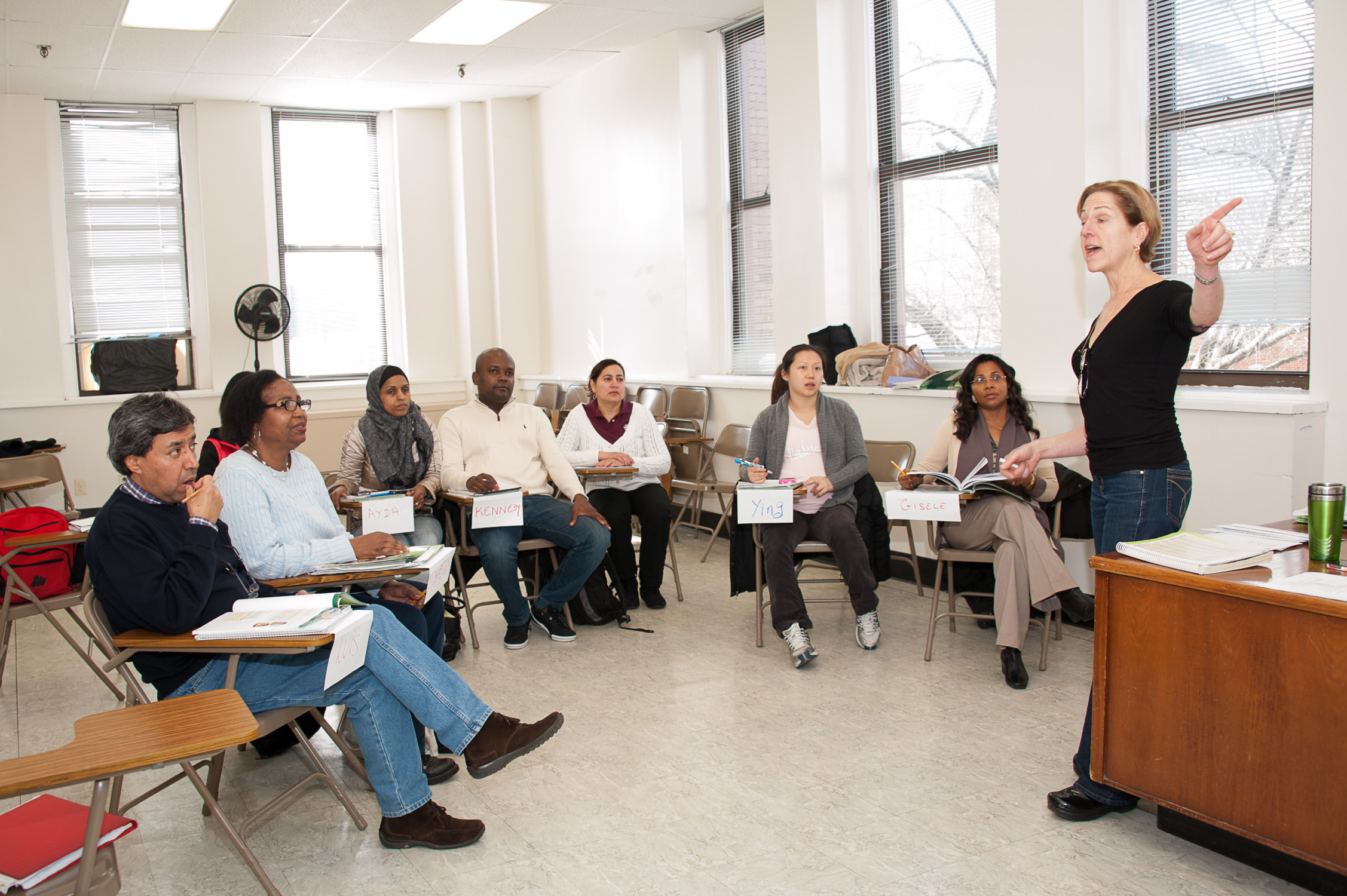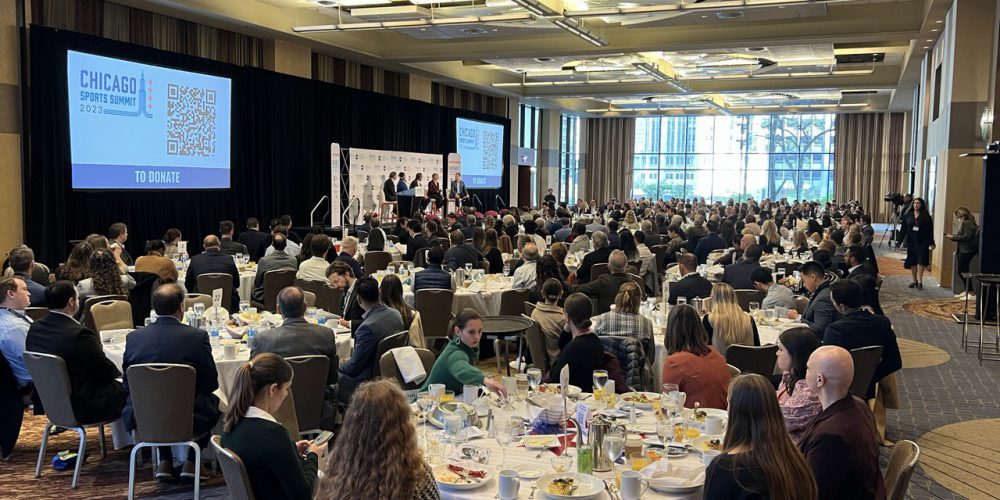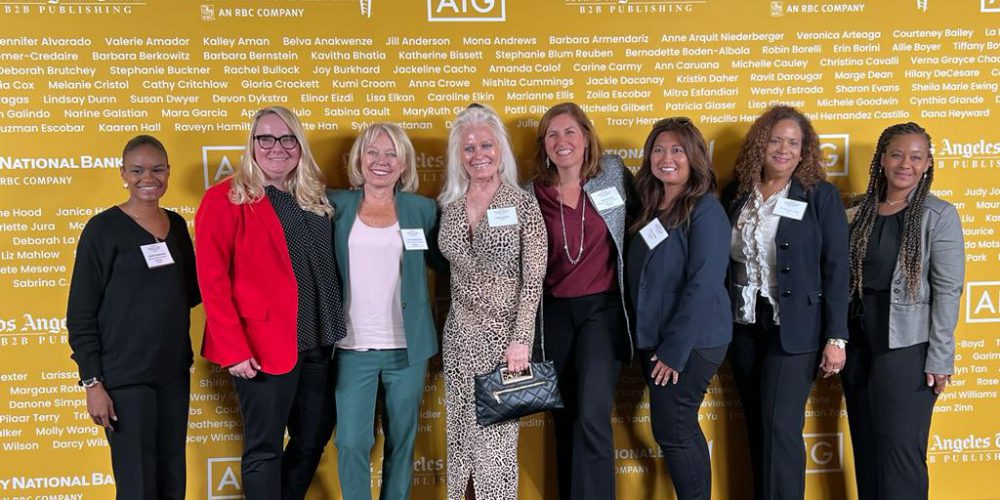New class of students: adults.

The world’s rich countries face a looming challenge in education: Too many of their citizens lack the skills and credentials needed for the jobs of the future. To keep people productively engaged in work in the coming decades, and to ensure that economies maintain robust growth, governments, educators and employers will need to make lasting investments in a new class of students: adults.
The trouble for now is largely demographic. Although a growing share of people between the ages of 18 and 24 is going to college, the total population of young adults is shrinking in the U.S. and Europe. Meanwhile, the population of older workers keeps growing. In the U.S., by the middle of the next decade, nearly one-quarter of the workforce will be older than 55. And many adults lack the post-high-school education and training that employers increasingly demand.
A majority of new jobs created since 2010 have required workers to have medium to advanced digital skills. Over the next decade, the percentage of jobs worldwide requiring a college degree or higher will continue to increase, according to a McKinsey Global Institute analysis.
So efforts are needed to bring adult workers into the classroom. One hurdle is financial aid. Government subsidies are overwhelmingly geared toward traditional college-aged students. Some countries are recognizing the need for updating the rules. Ontario’s OSAP program last year revamped its mature student eligibilities. In Singapore, the government’s SkillsFuture initiative provides every citizen over 25 a $500 credit to enroll in a career-training program, with additional subsidies for those over 40. Private companies should give their existing employees incentives to go back to school while they remain on the job, through tuition assistance and opportunities for promotion, as AT&T, Wal-Mart, Amazon and McDonald’s have all started to do.
Colleges should also accommodate working adults by expanding online classes and giving returning students credits for the professional skills they’ve cultivated on the job. Older adults fare better in — and are more likely to graduate from — “accelerated” month-long courses than in standard, 18-week academic semesters.
Most critically, older adults need to be steered toward the kinds of education that employers want them to have. Training programs and apprenticeships that connect local businesses with students and technical colleges should be expanded.
As the pace of technological change accelerates, so will the need to educate, and re-educate, workers. The long-term goal should be to revolutionize educational systems — to make them places that adults revisit, as needed, throughout their working lives.

































